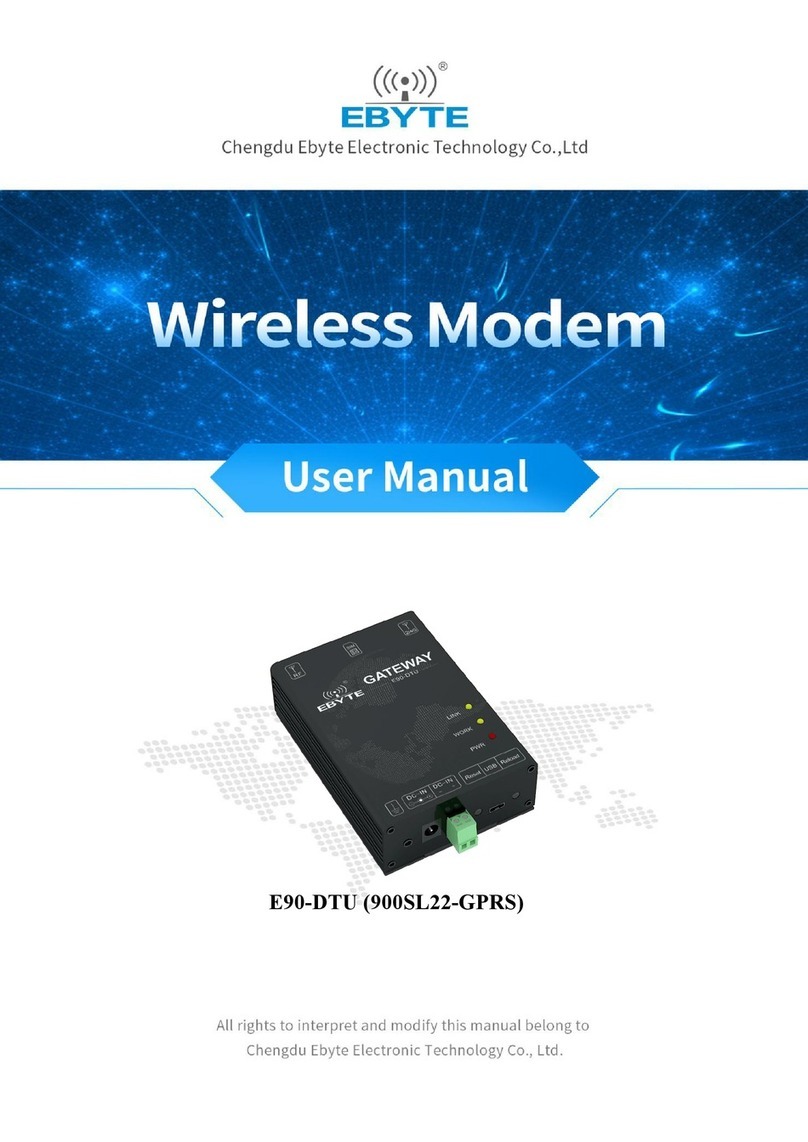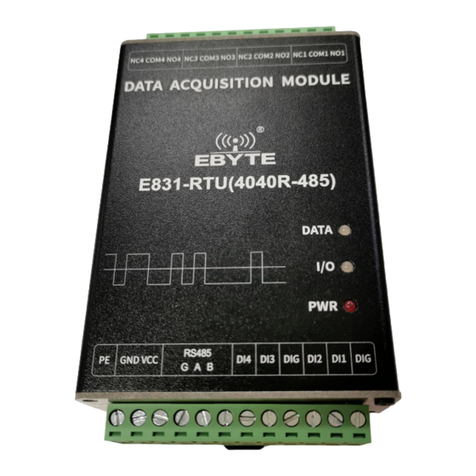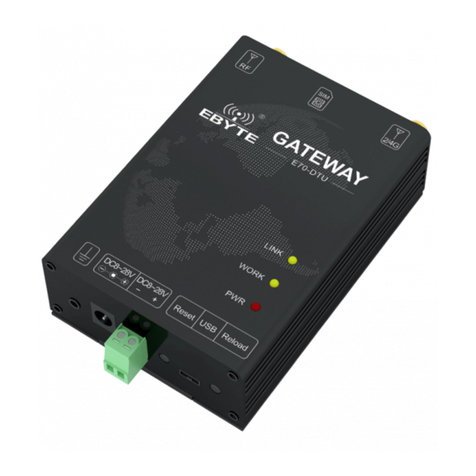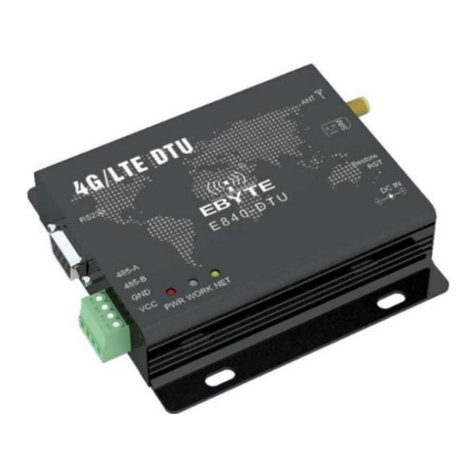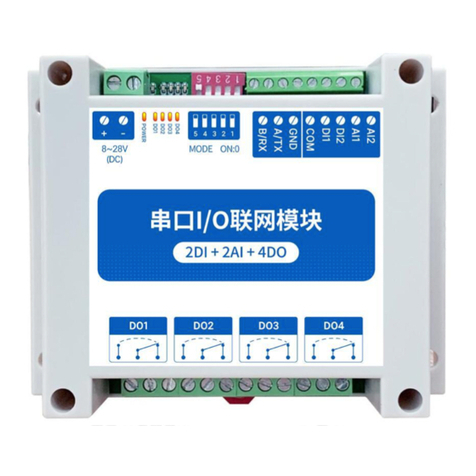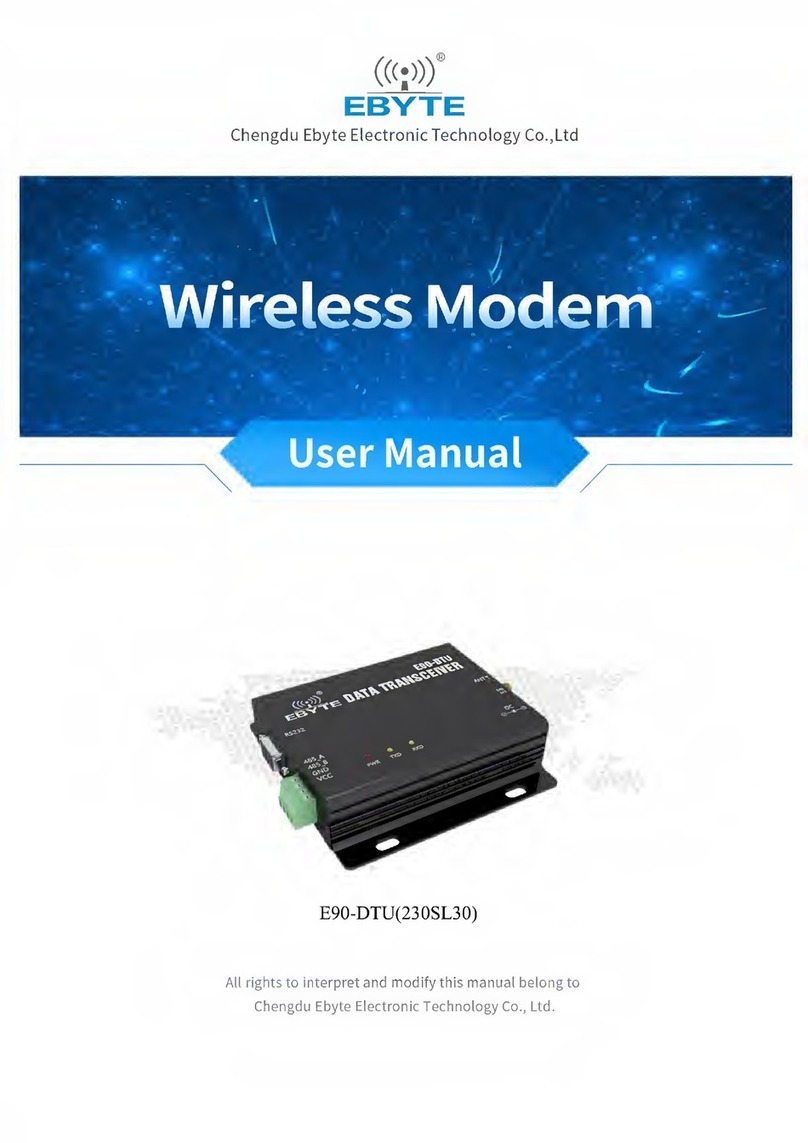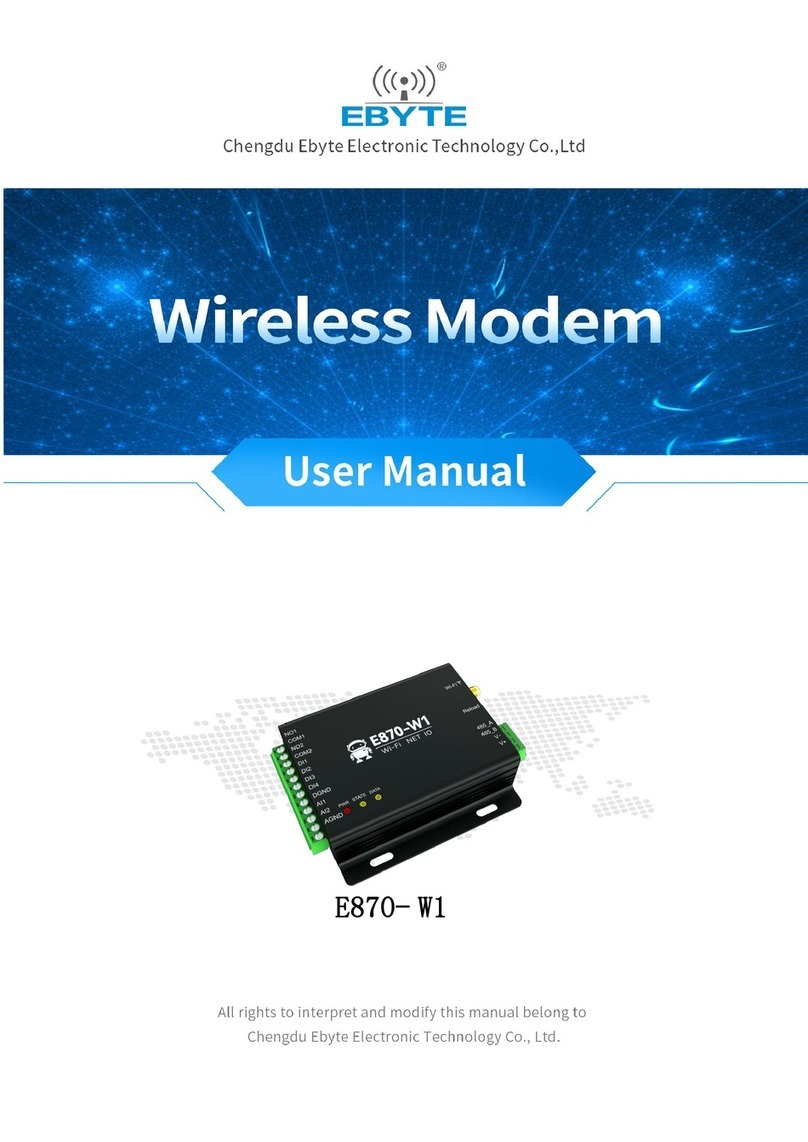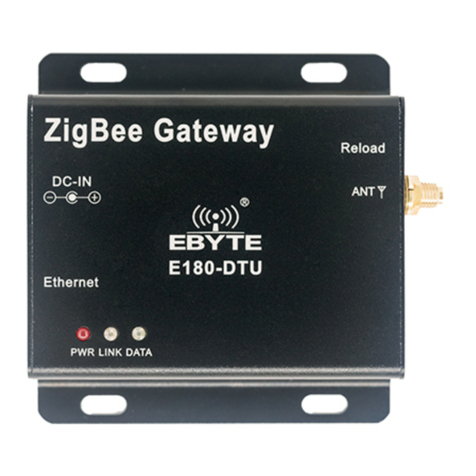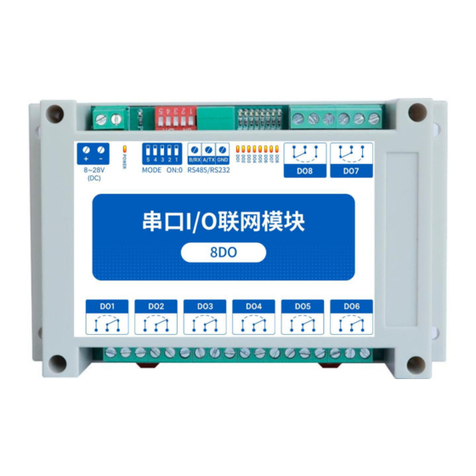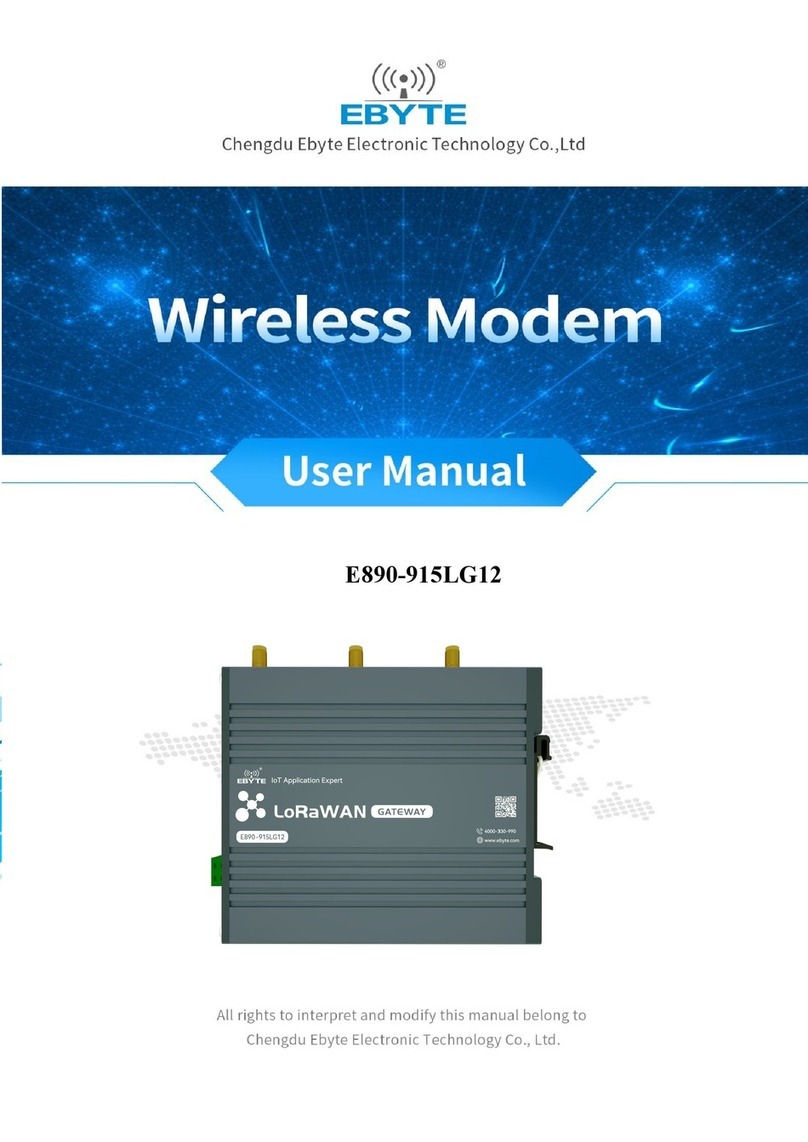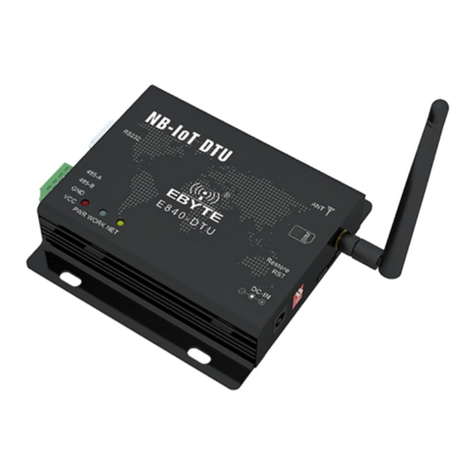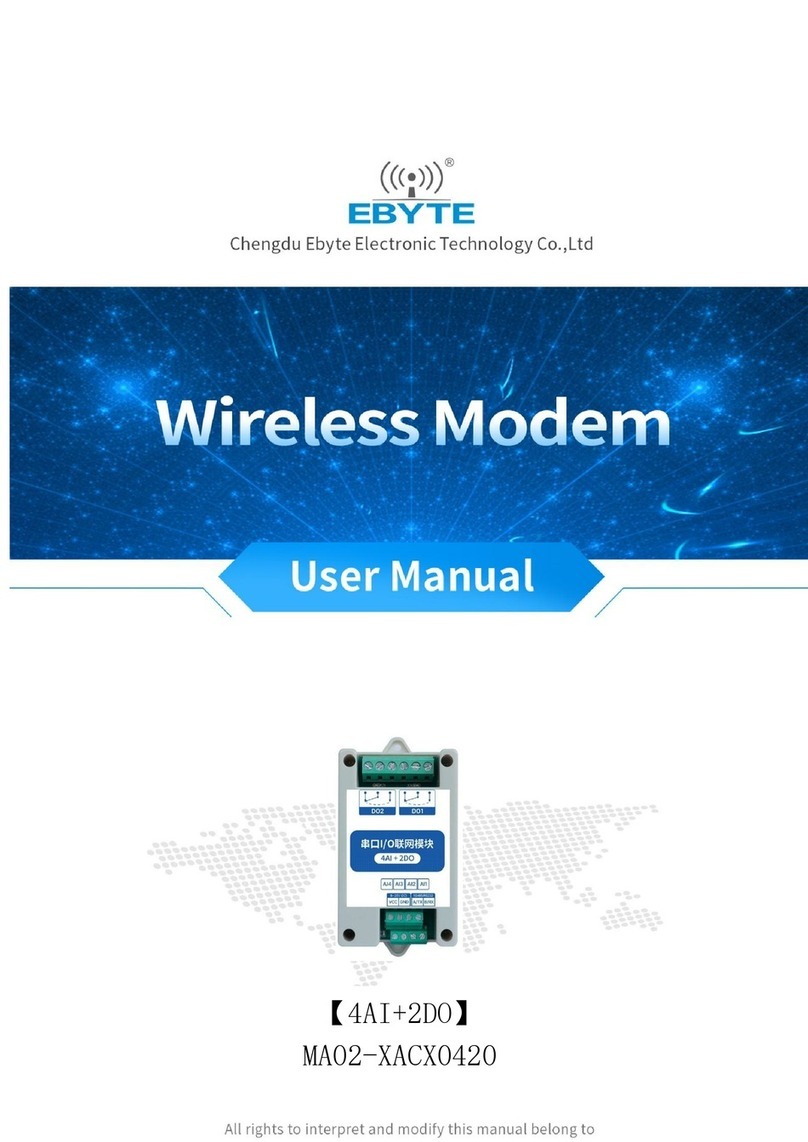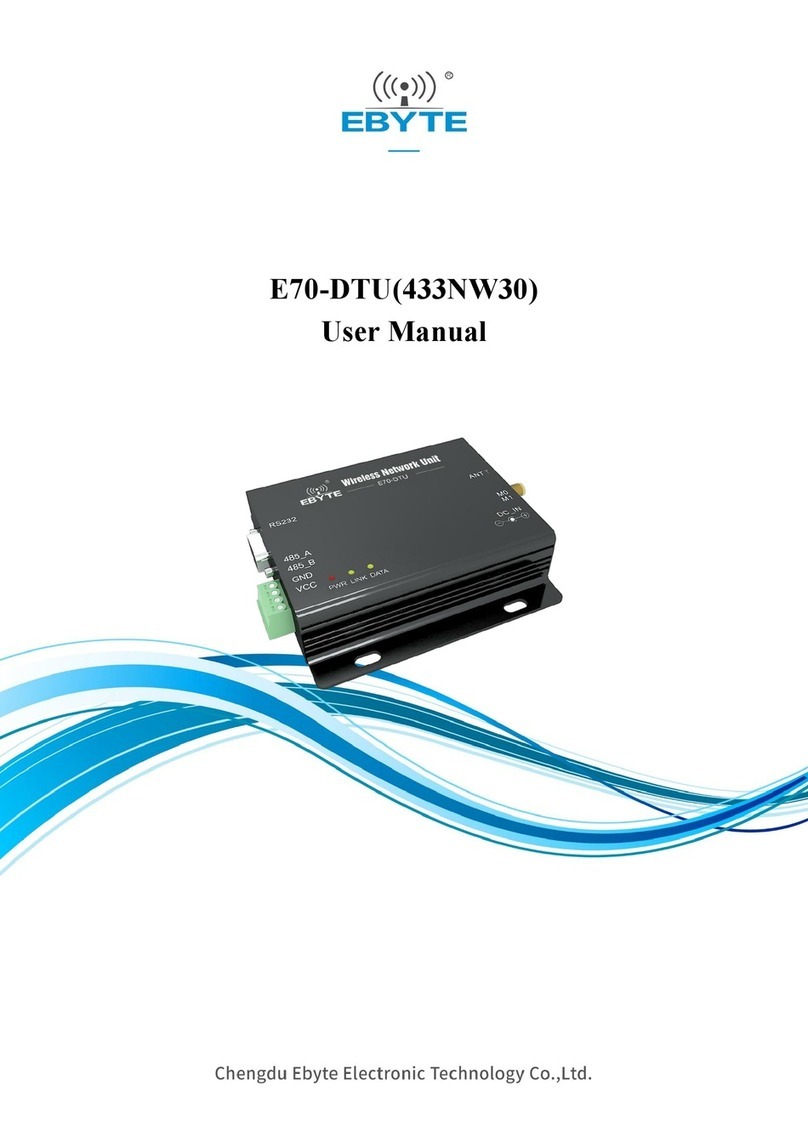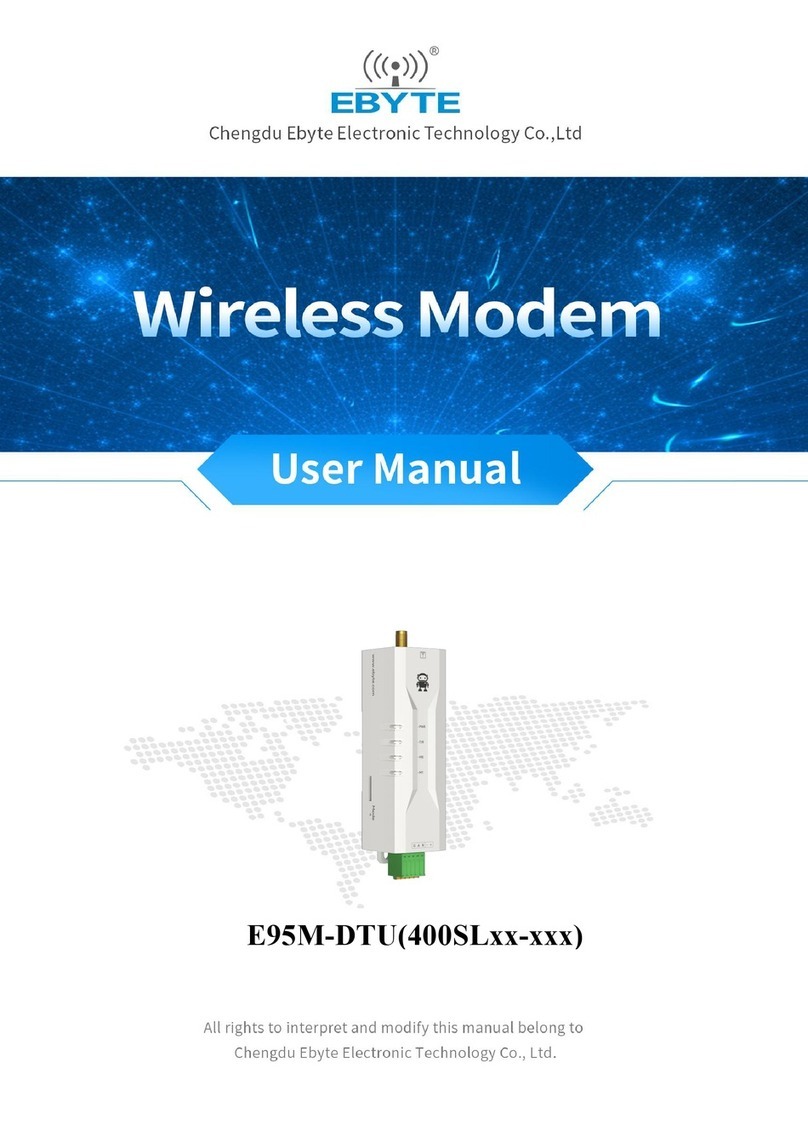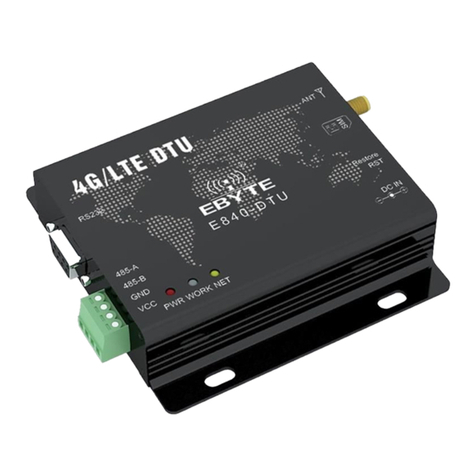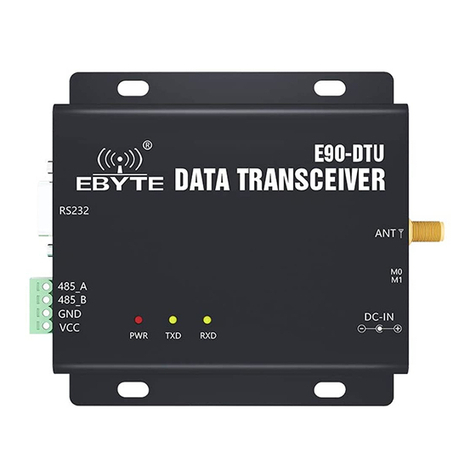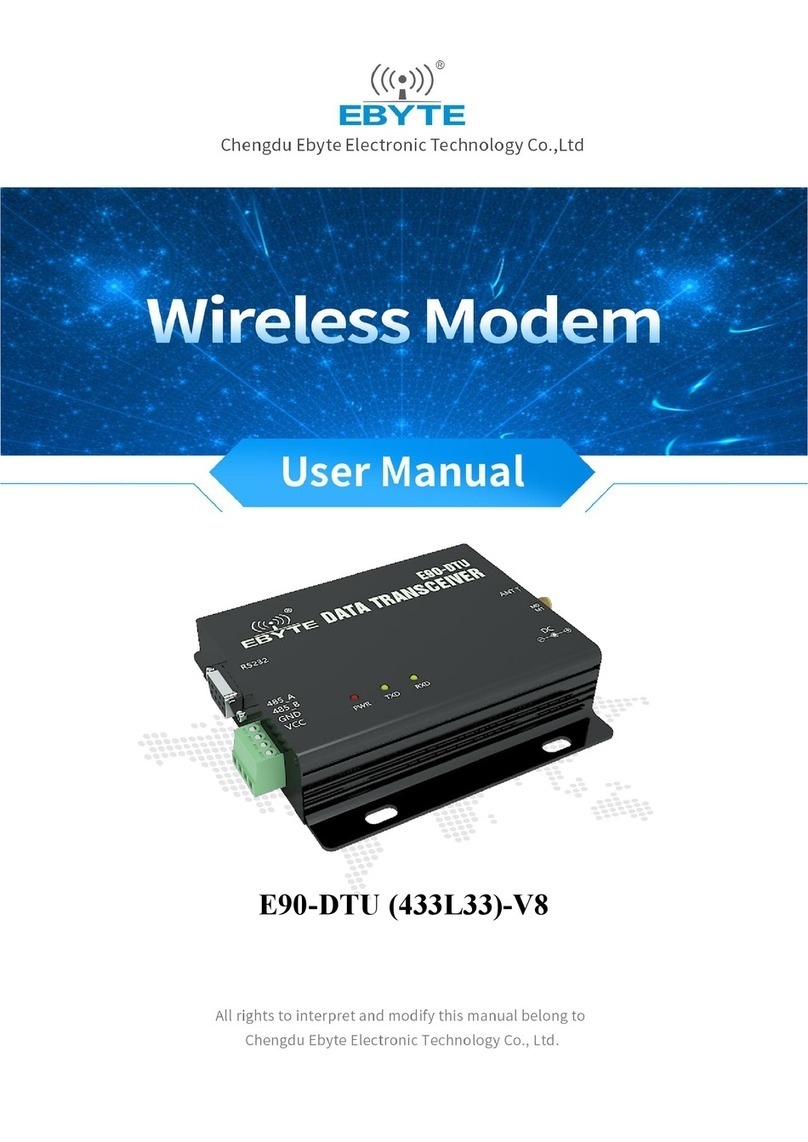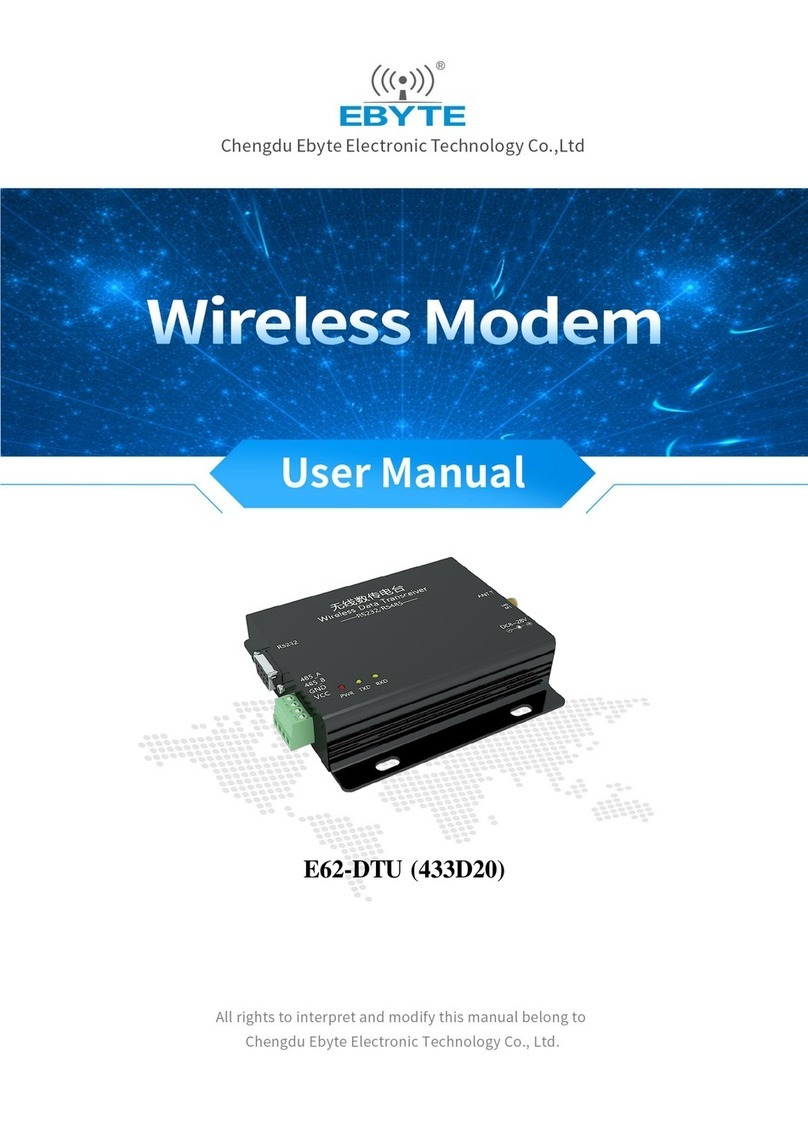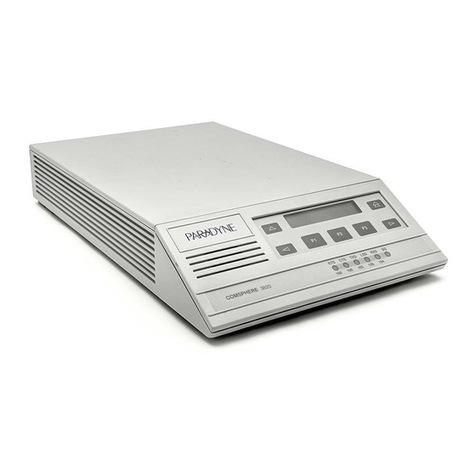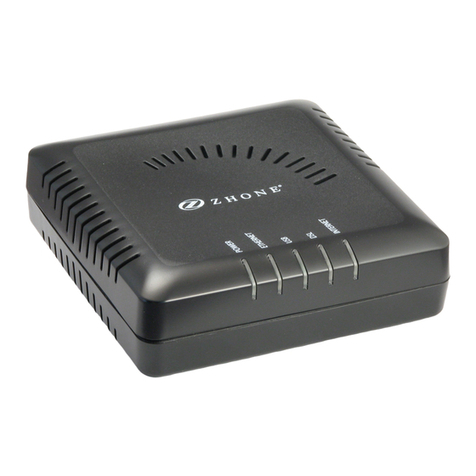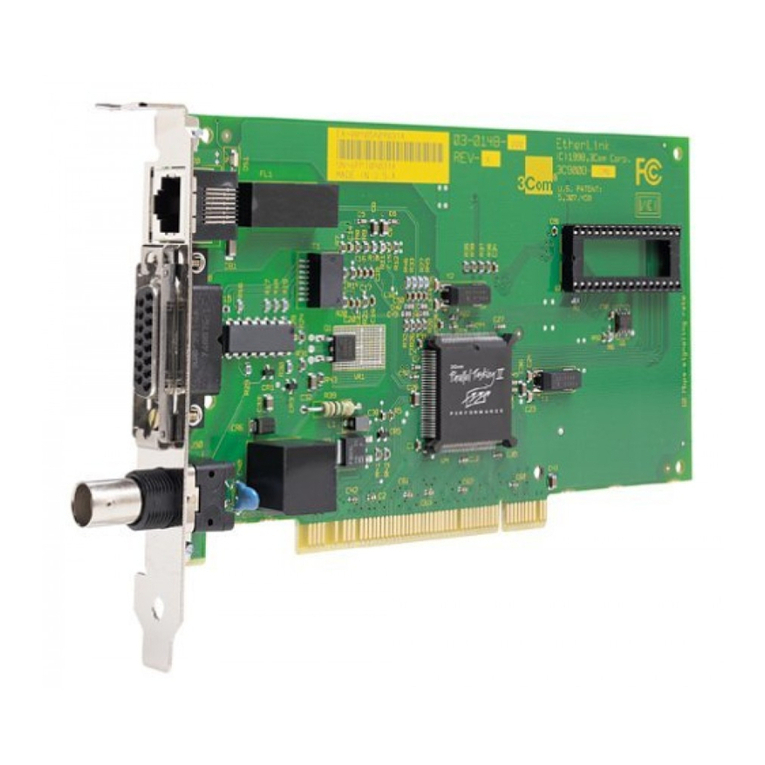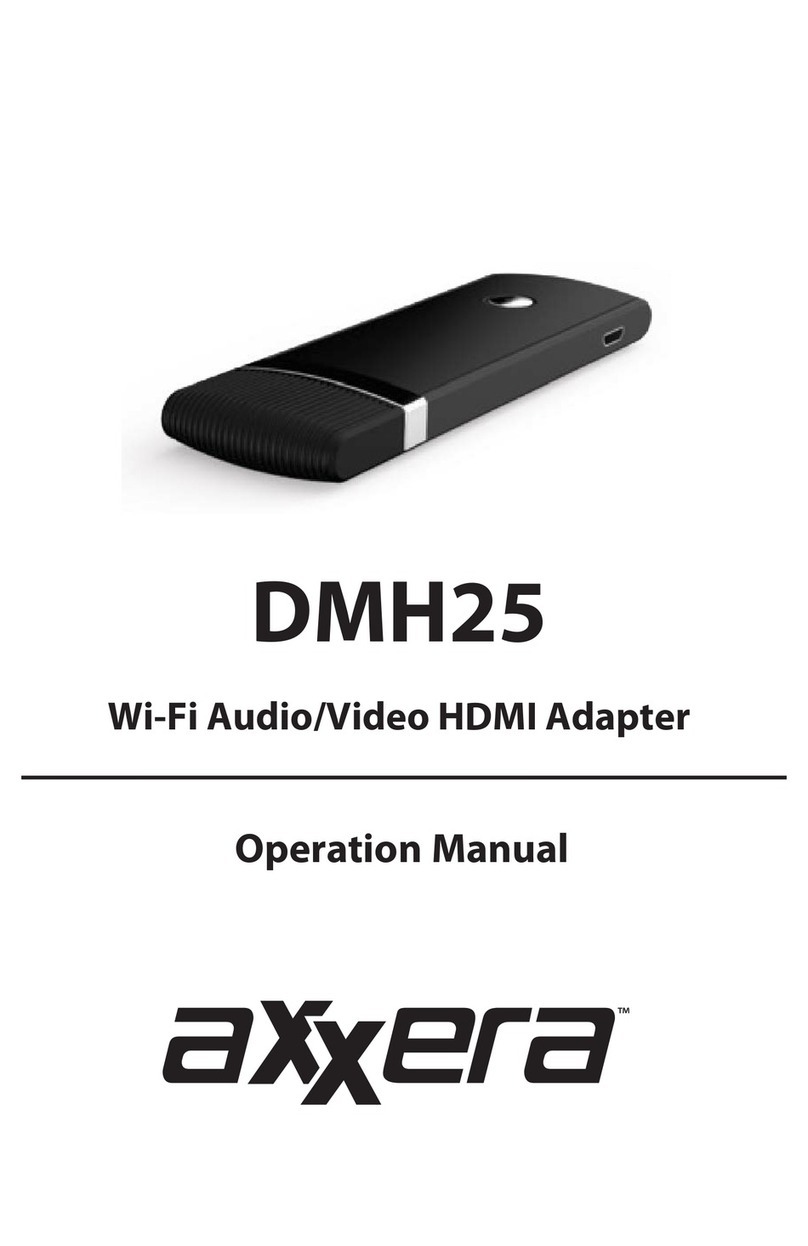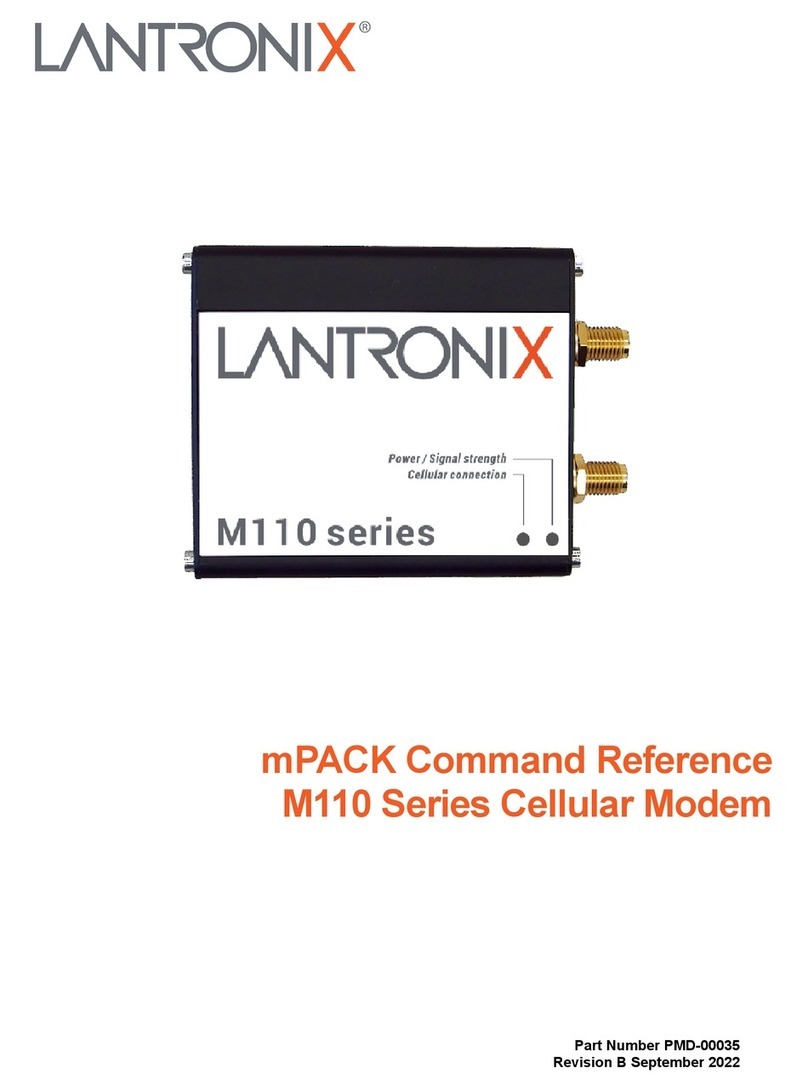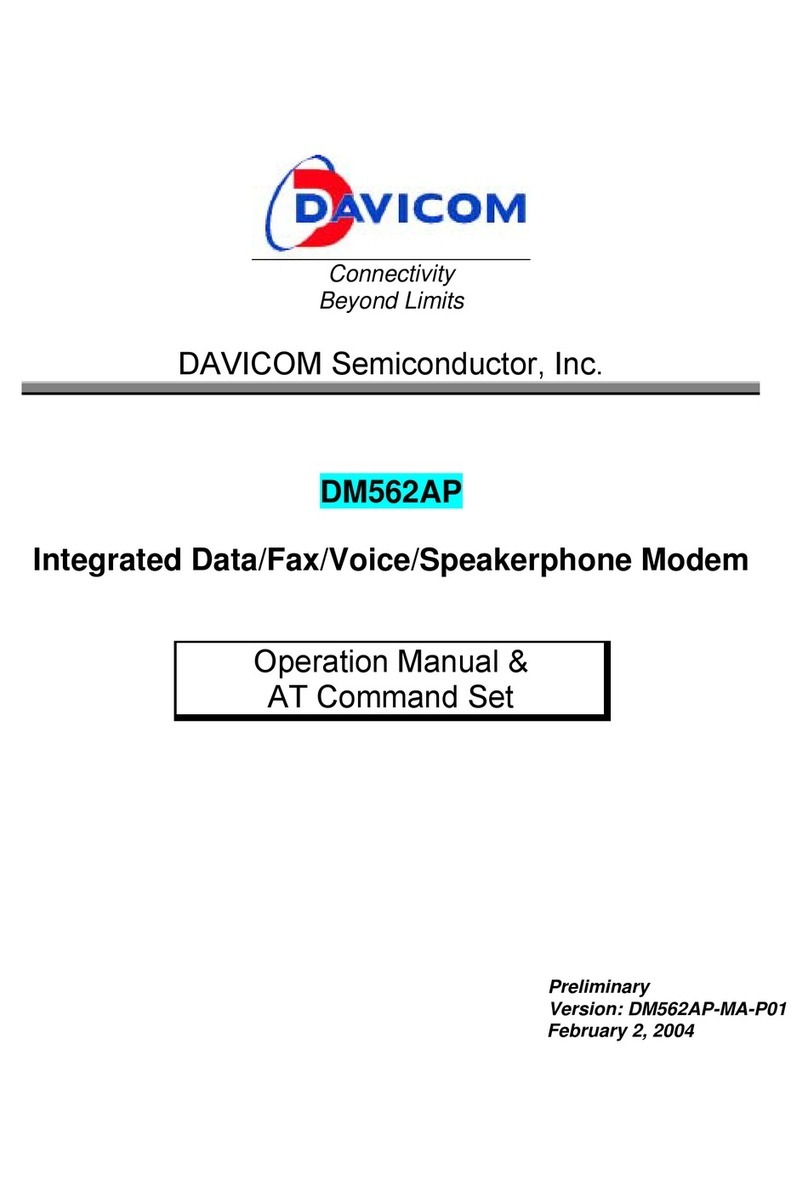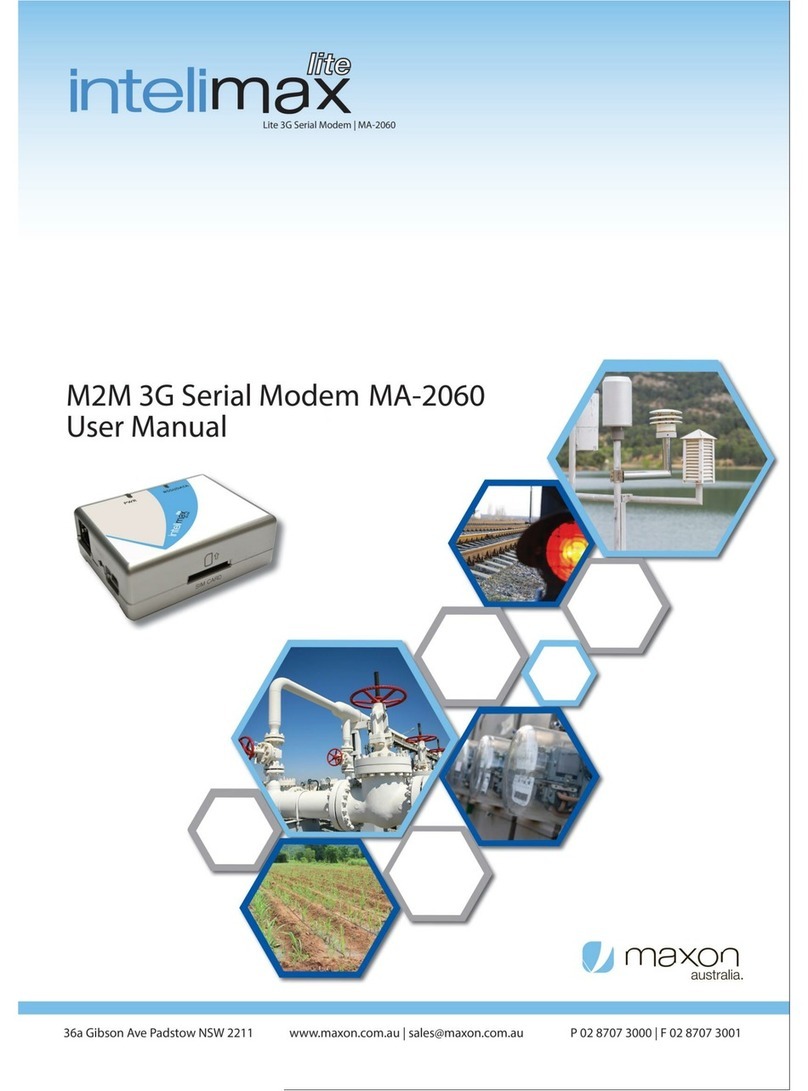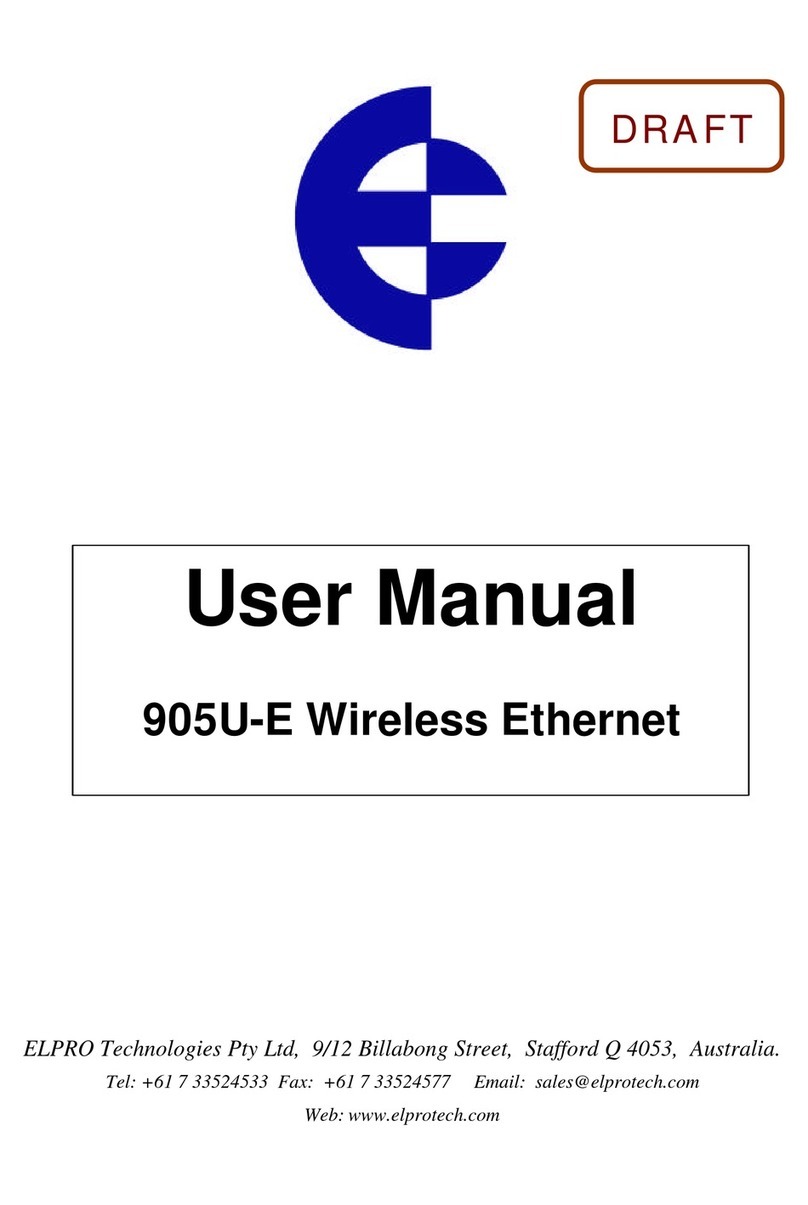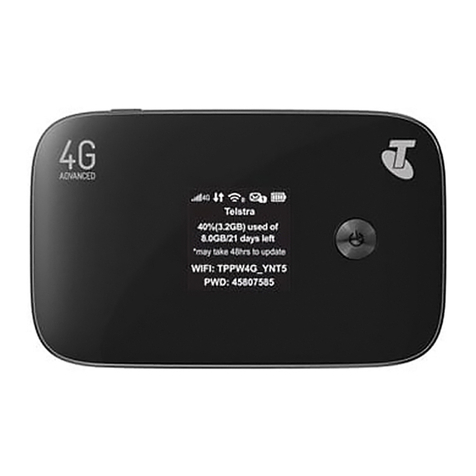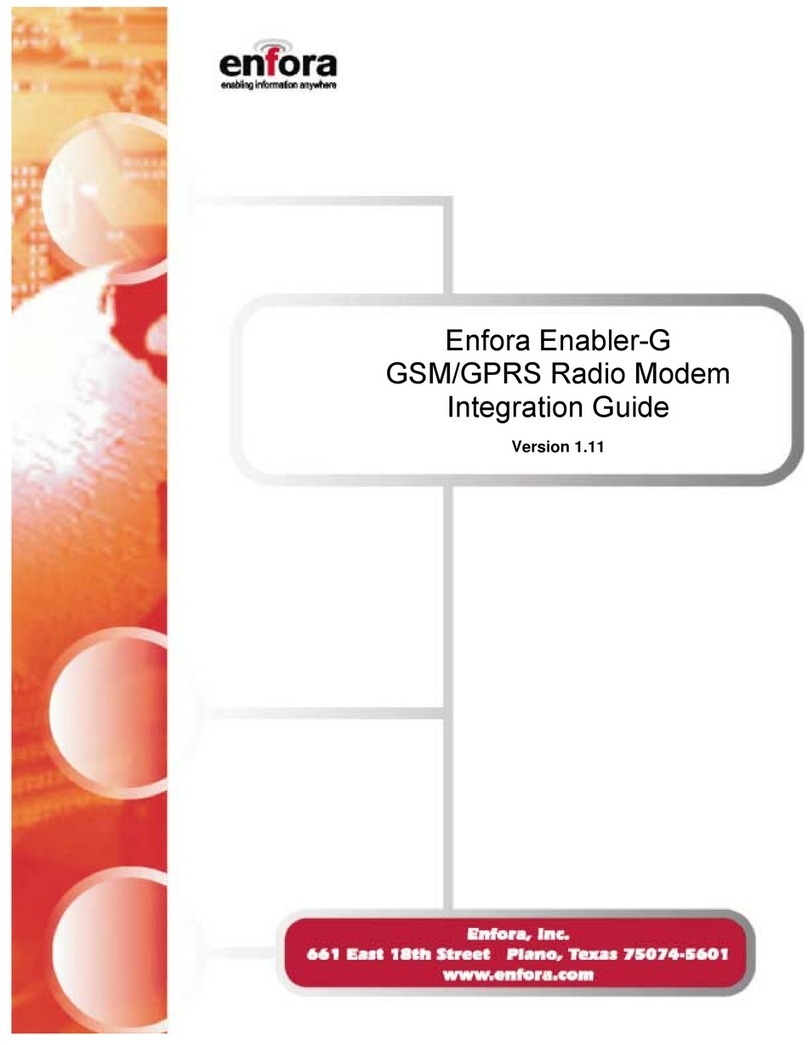
Chengdu Ebyte Electronic Technology Co.,Ltd. NB183S&NB183_User Manual
Copyright ©2012–2022,Chengdu Ebyte Electronic Technology Co.,Ltd.
Content
Disclaimer........................................................................................................................................................................................................................................4
1. Overview ..................................................................................................................................................................................................................................... 5
1.1 Features .................................................................................................................................................................................................5
2. Quick Start .................................................................................................................................................................................................................................. 6
2.1 Hardware Preparation ...........................................................................................................................................................................6
2.2 Software Preparation .............................................................................................................................................................................7
2.3 Test steps of device default parameters............................................................................................................................................7
2.3.1 Connecting the hardware ..............................................................................................................................................................7
2.3.2 Device parameter configuration ................................................................................................................................................. 7
2.3.3 Turn off the computer firewall ....................................................................................................................................................8
2.3.4 Open "Serial Debug Assistant" ...................................................................................................................................................9
2.3.5 Open Network Assistant ...............................................................................................................................................................9
2.3.6 Send and receive data test ..........................................................................................................................................................10
3. Product Overview ...................................................................................................................................................................................................................10
3.1 Technical parameters..........................................................................................................................................................................10
3.2 Interface description ........................................................................................................................................................................... 12
3.3 Indicator light description................................................................................................................................................................. 14
3.4 Dimensions ........................................................................................................................................................................................... 16
4. Basic Functions ....................................................................................................................................................................................................................... 17
4.1 Correspondence between channel and serial port....................................................................................................................... 17
4.2 Local network parameters .................................................................................................................................................................17
4.2.1 Local IP ..........................................................................................................................................................................................17
4.2.2 DNS (Domain Name Resolution)............................................................................................................................................17
4.2.3 Network disconnection and reconnection cycle ...................................................................................................................17
4.2.4 Timeout restart (no data restart)...............................................................................................................................................17
4.3 Hardware reset to factory .................................................................................................................................................................. 18
4.4 Device working mode ........................................................................................................................................................................ 18
4.4.1 TCP Server .................................................................................................................................................................................... 18
4.4.2 TCP Client .....................................................................................................................................................................................18
4.4.3 UDP Server................................................................................................................................................................................... 18
4.4.4 UDP Client.................................................................................................................................................................................... 18
4.4.5 HTTP Client..................................................................................................................................................................................19
4.4.6 MQTT Client................................................................................................................................................................................ 21
4.5 Channel ports ........................................................................................................................................................................................24
5. Advanced Functions...............................................................................................................................................................................................................25
5.1 Heartbeat package and registration package ................................................................................................................................ 25
5.1.1 Heartbeat Packet.......................................................................................................................................................................... 25
5.1.2 Registration Package.................................................................................................................................................................. 25
5.2 Short connection ..................................................................................................................................................................................25
5.3 Serial port cache cleaning ................................................................................................................................................................. 26
5.4 Modbus Gateway .................................................................................................................................................................................26
5.4.1 Protocol Conversion ................................................................................................................................................................... 26
